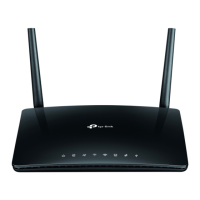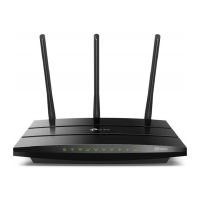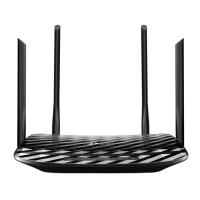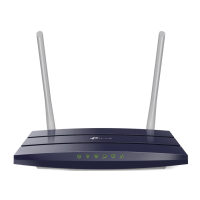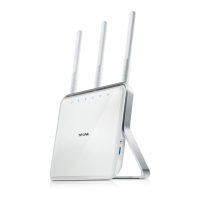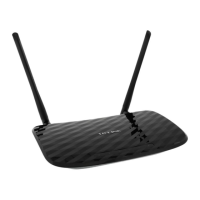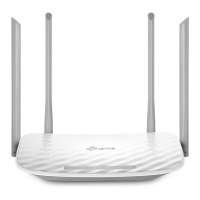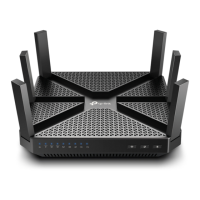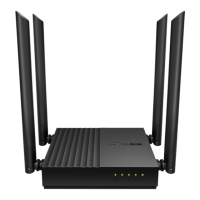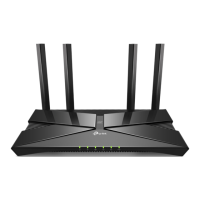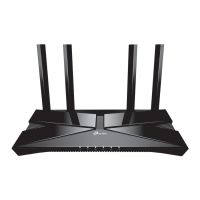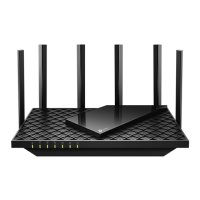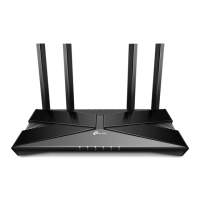| DC-in jack | Yes |
|---|
| RJ-11 ports quantity | 1 |
|---|
| USB 2.0 ports quantity | USB 2.0 ports have a data transmission speed of 480 Mbps, and are backwards compatible with USB 1.1 ports. You can connect all kinds of peripheral devices to them. |
|---|
| Ethernet LAN (RJ-45) ports | 4 |
|---|
| Output current | 1.5 A |
|---|
| Output voltage | 12 V |
|---|
| Power source type | AC |
|---|
| Wi-Fi band | Dual-band (2.4 GHz / 5 GHz) |
|---|
| Wi-Fi standards | 802.11a, Wi-Fi 5 (802.11ac), 802.11b, 802.11g, Wi-Fi 4 (802.11n) |
|---|
| Top Wi-Fi standard | Wi-Fi 5 (802.11ac) |
|---|
| Bandwidth (first) | 2.4 GHz |
|---|
| Bandwidth (second) | 5 GHz |
|---|
| WLAN data transfer rates supported | 300, 867 Mbit/s |
|---|
| Security algorithms | 64-bit WEP, 128-bit WEP, WPA, WPA-PSK, WPA2, WPA2-PSK |
|---|
| VPN support | PPTP, L2TP, IPSec Passthrough |
|---|
| Cabling technology | 10/100Base-T(X) |
|---|
| Networking standards | IEEE 802.3, IEEE 802.3ab, IEEE 802.3u |
|---|
| VPN tunnels quantity | 10 |
|---|
| Ethernet LAN data rates | 100 Mbit/s |
|---|
| Ethernet LAN interface type | Fast Ethernet |
|---|
| Storage temperature (T-T) | -40 - 70 °C |
|---|
| Operating temperature (T-T) | 0 - 40 °C |
|---|
| Storage relative humidity (H-H) | 5 - 95 % |
|---|
| Operating relative humidity (H-H) | 10 - 90 % |
|---|
| Cables included | LAN (RJ-45), Phone (RJ-11) |
|---|
| Routing protocols | RIP-1, RIP-2 |
|---|
| Antennas quantity | 2 |
|---|
| Antenna gain level (max) | 3 dBi |
|---|
| DSL specification | ITU-T G.992.1(G.DMT), ITU-T G.992.2(G.Lite), ITU-T G.994.1 (G.hs), ITU-T G.995.1 |
|---|
| Product color | Black |
|---|
